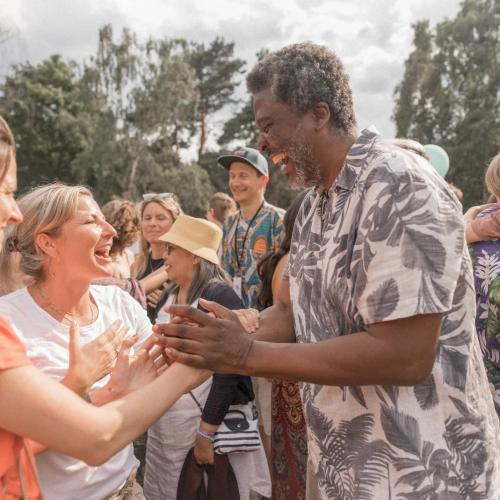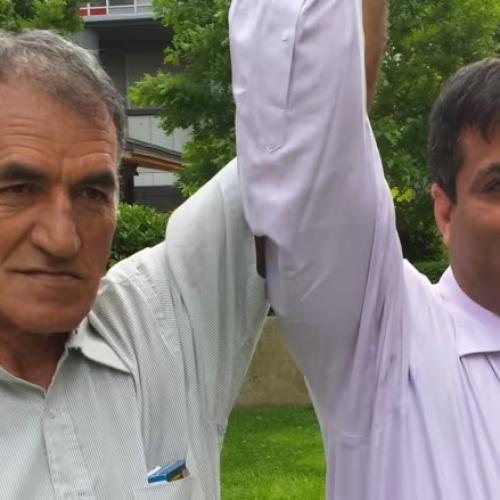Related Stories
Of Two Minds
Key Excerpts from Article on Website of New York Times
Posted: February 6th, 2009
http://www.nytimes.com/2005/05/08/magazine/08WWLN.html?ex=12...
Scientists are able to get some idea of what's going on in the mind by using brain scanners. Now it is possible to infer what tiny groups of neurons are up to, not just larger areas of the brain. A technology called functional magnetic resonance imaging can reveal which part of your brain is most active when you're solving a mathematical puzzle, say, or memorizing a list of words. A couple of weeks ago, two scientists revealed that they had found a way to peer directly into your brain and tell what you are looking at, even when you yourself are not yet aware of what you have seen. Last year, Tibetan Buddhist monks ... submitted to functional magnetic resonance imaging as they practiced "compassion meditation," which is aimed at achieving a mental state of pure loving kindness toward all beings. The brain scans showed only a slight effect in novice meditators. But for monks who had spent more than 10,000 hours in meditation, the differences in brain function were striking. Activity in the left prefrontal cortex, the locus of joy, overwhelmed activity in the right prefrontal cortex, the locus of anxiety. Activity was also heightened in the areas of the brain that direct planned motion, as if the monks' brains were itching to go to the aid of those in distress. All of which suggests, say the scientists who carried out the scans, that "the resting state of the brain may be altered by long-term meditative practice."
Related Stories
Top Inspiring News Articles
Top Inspiring News Articles from Years Past













































































